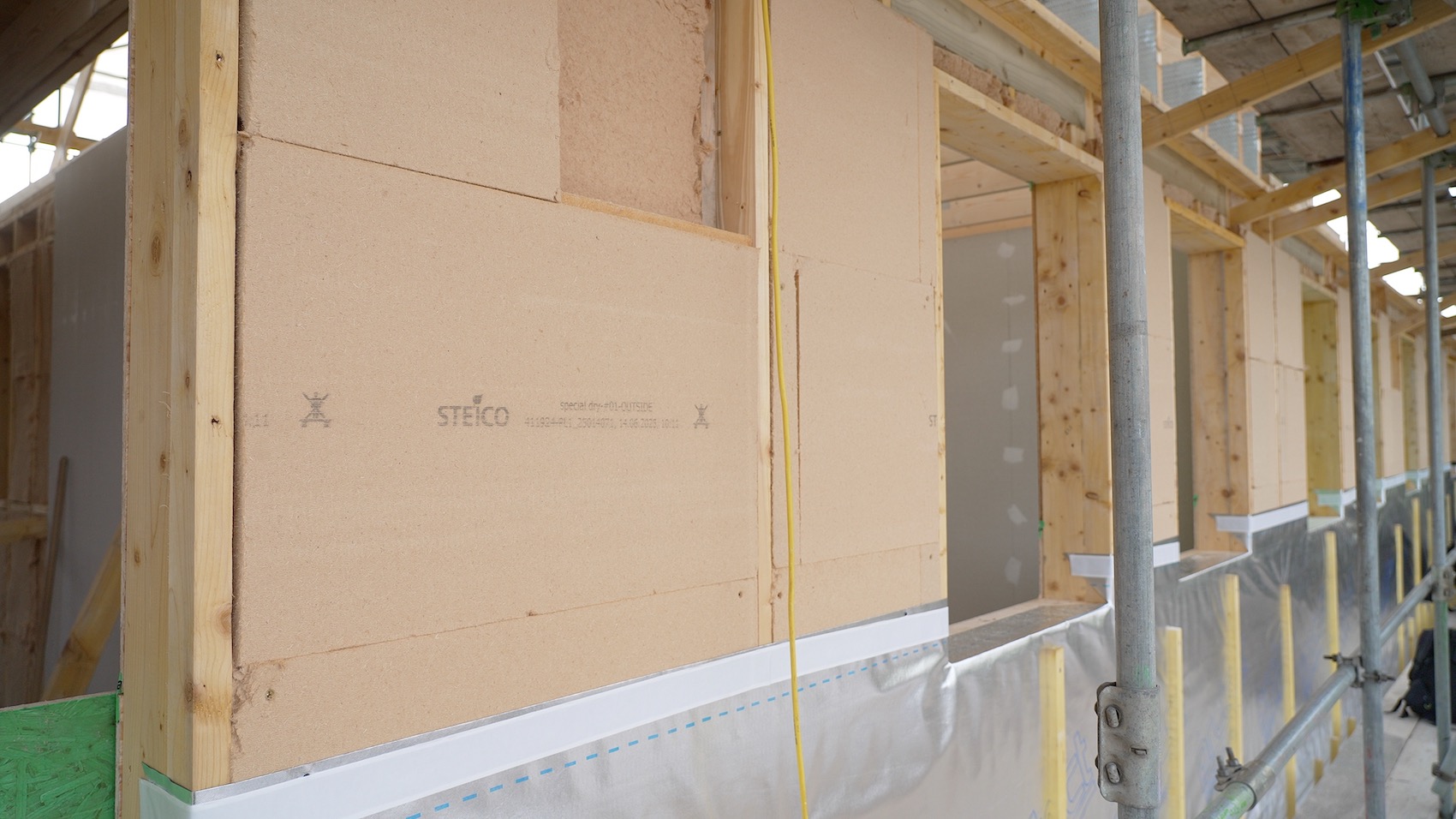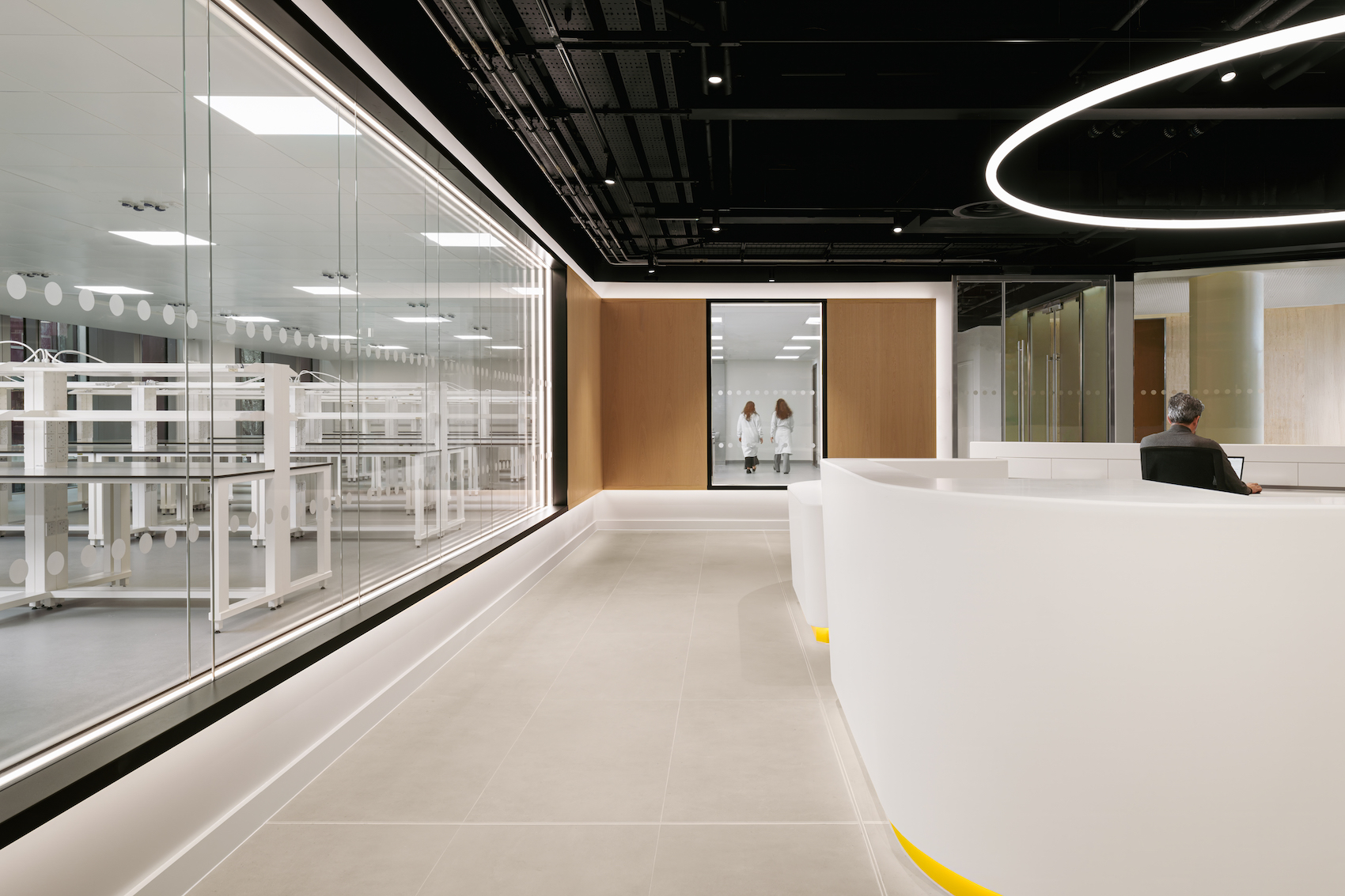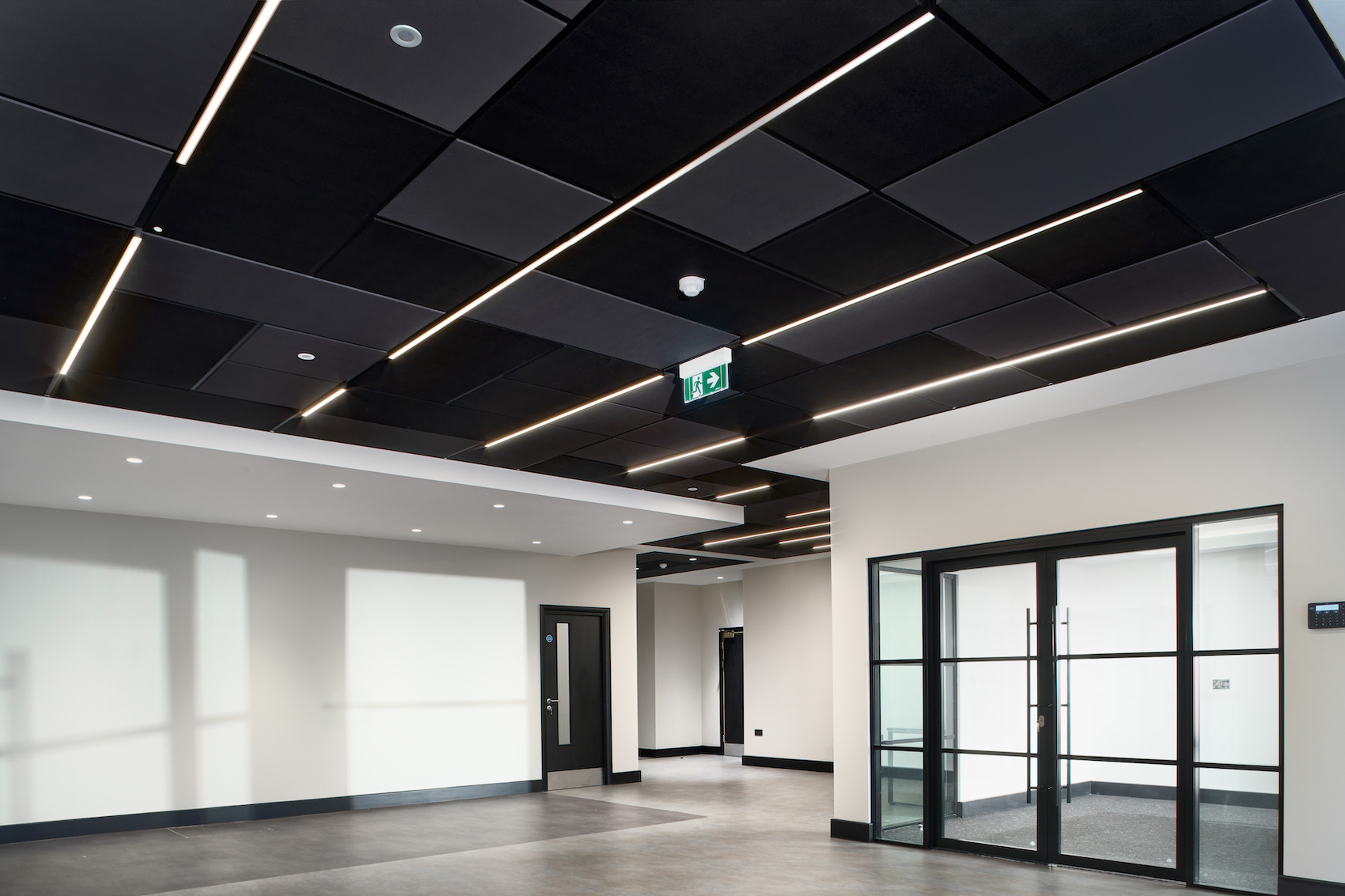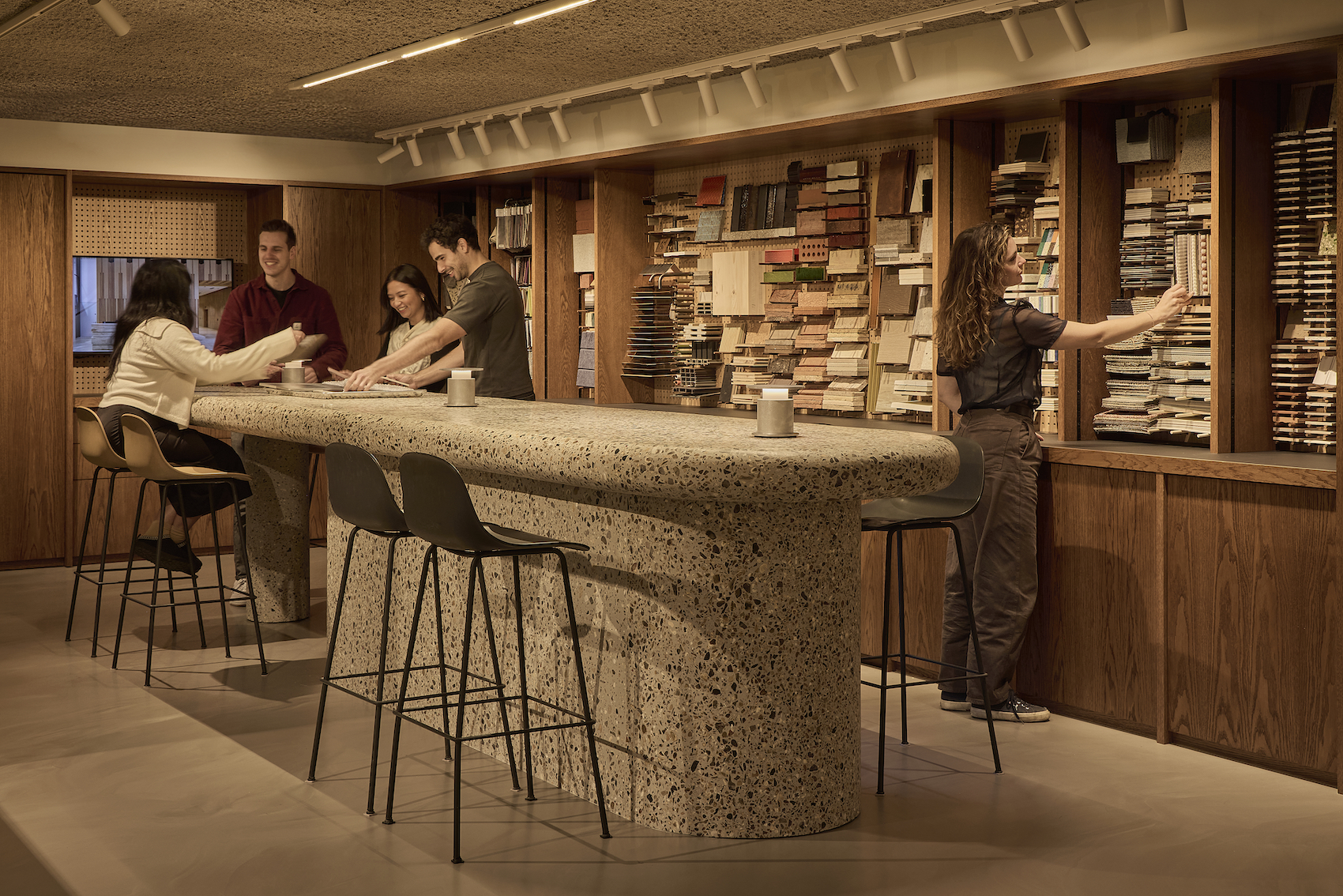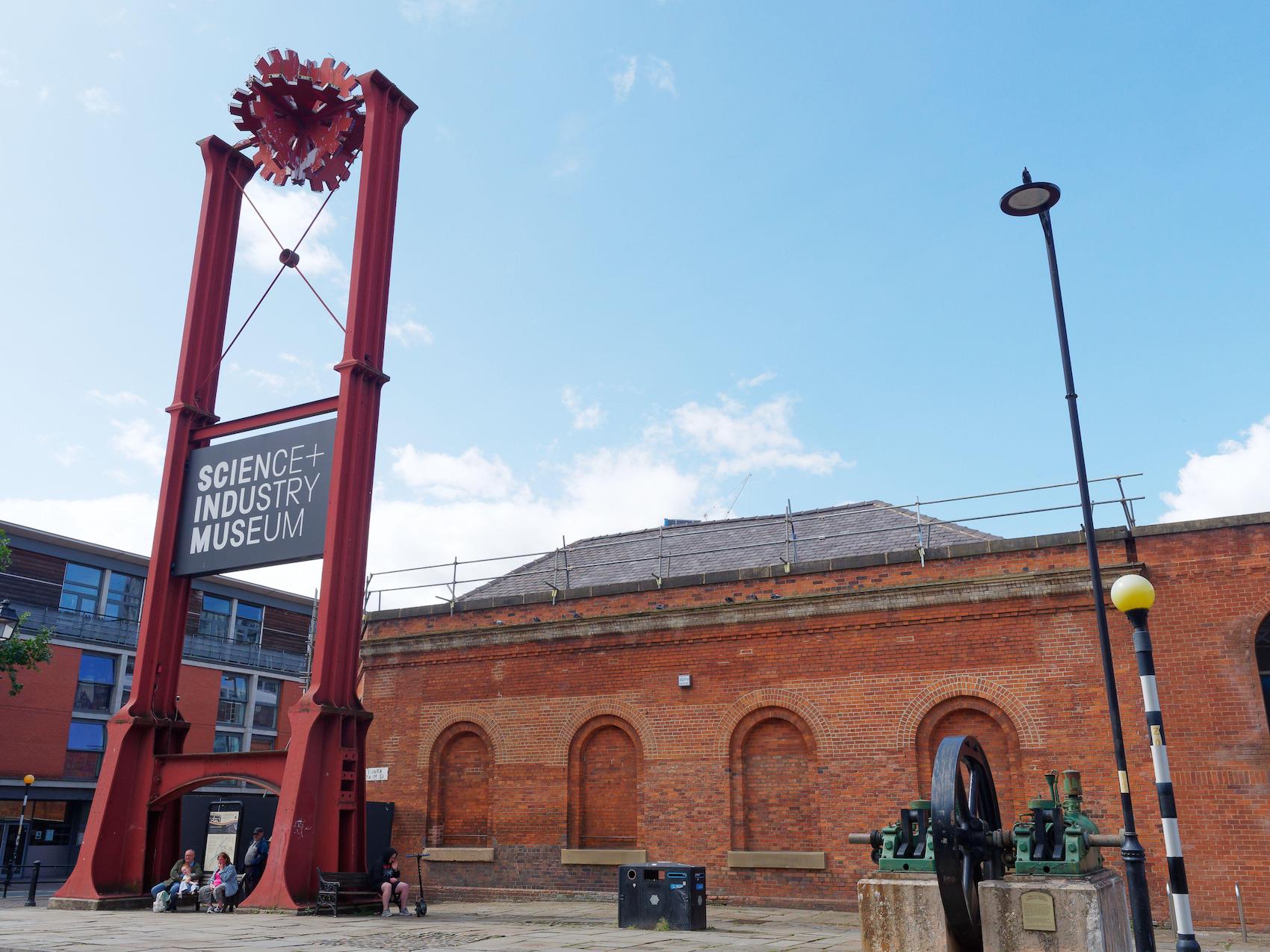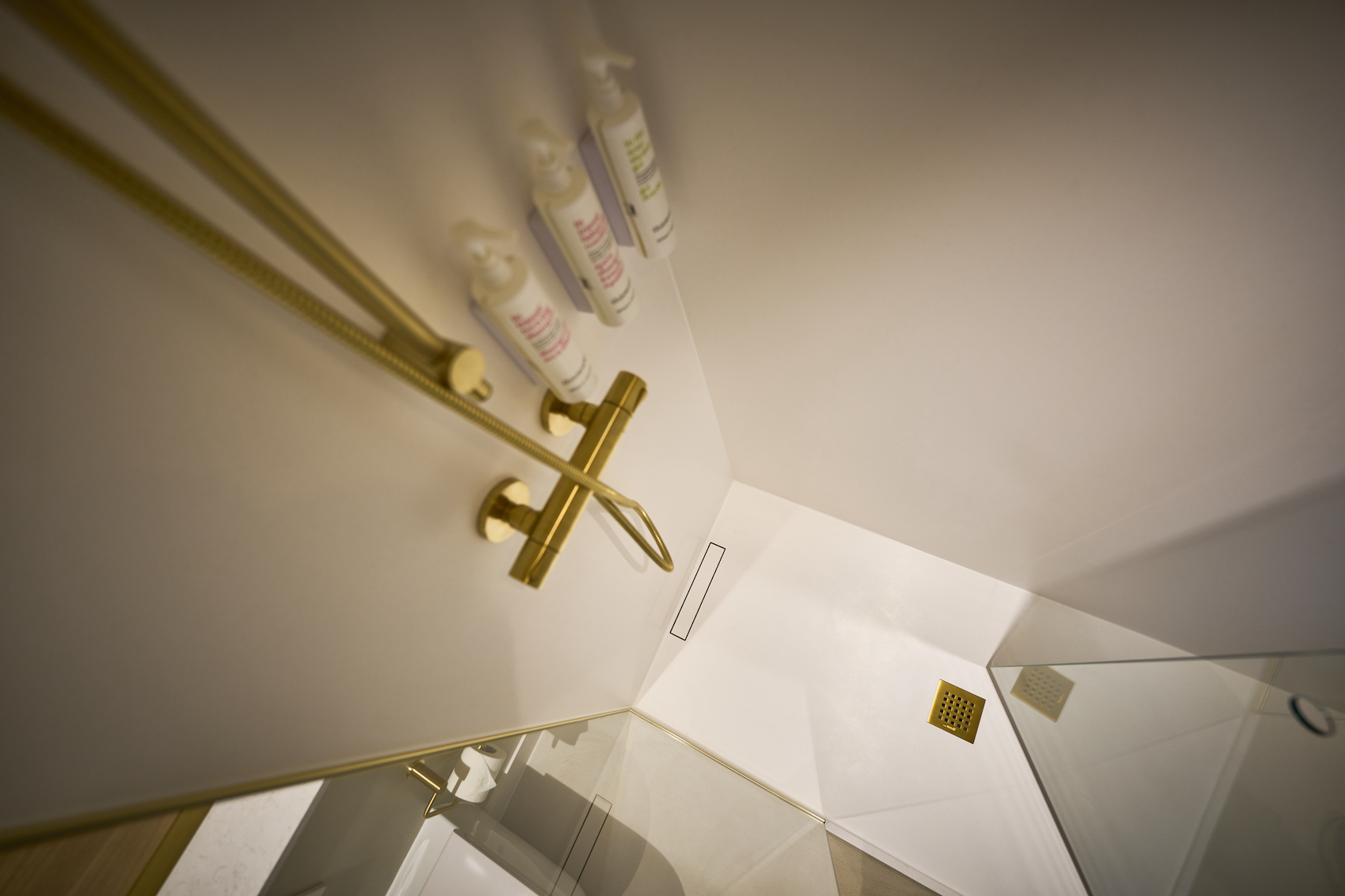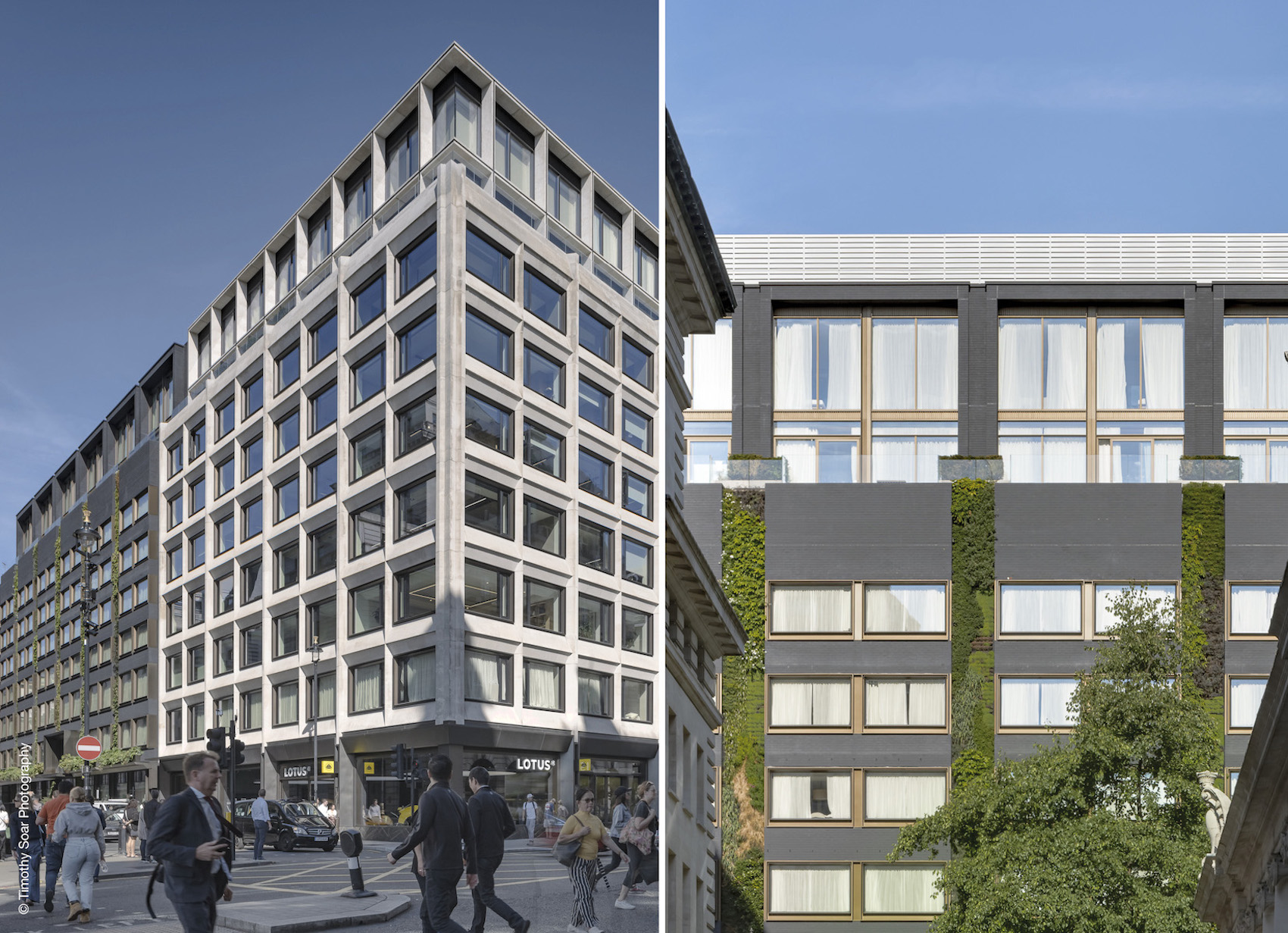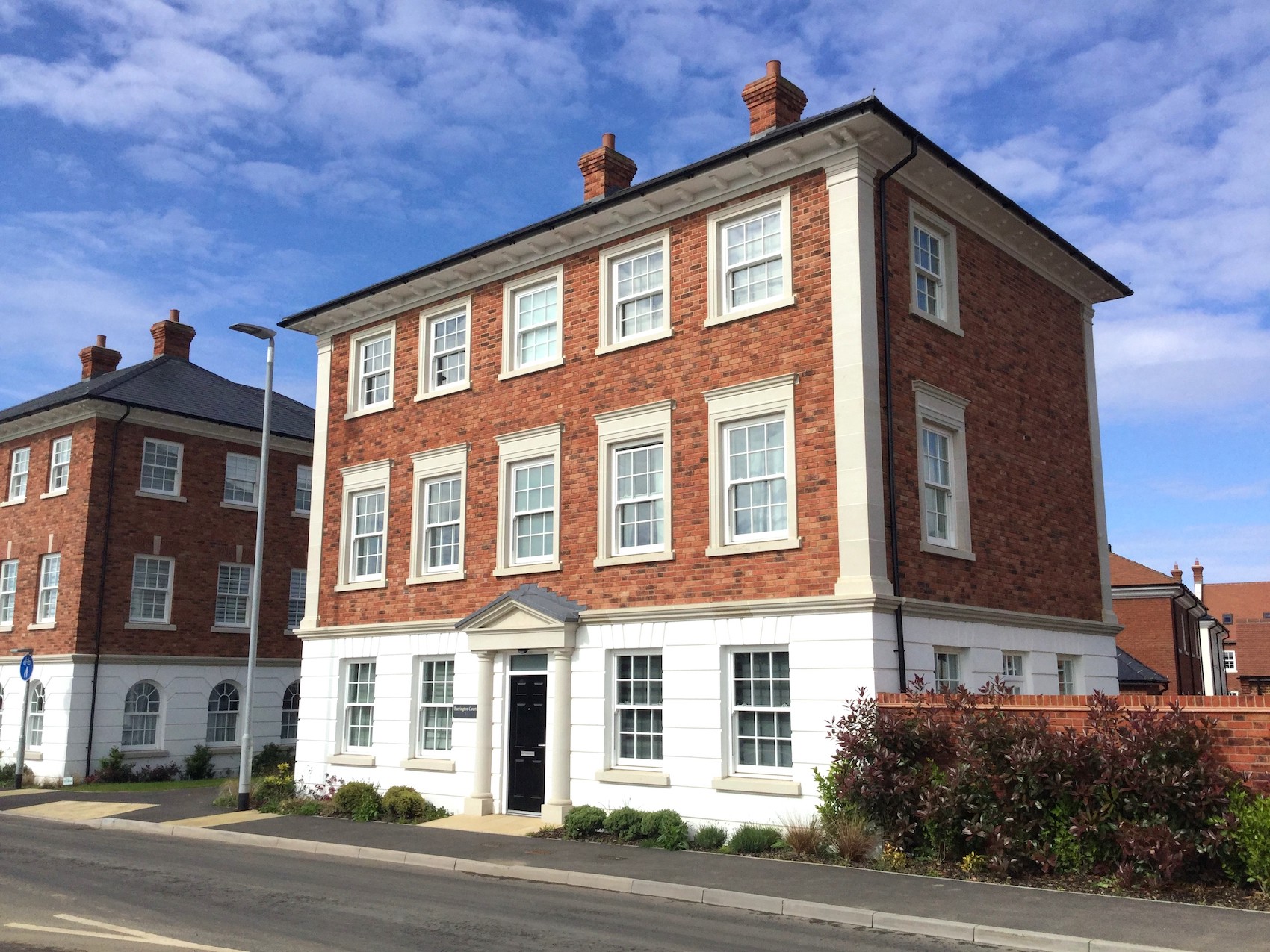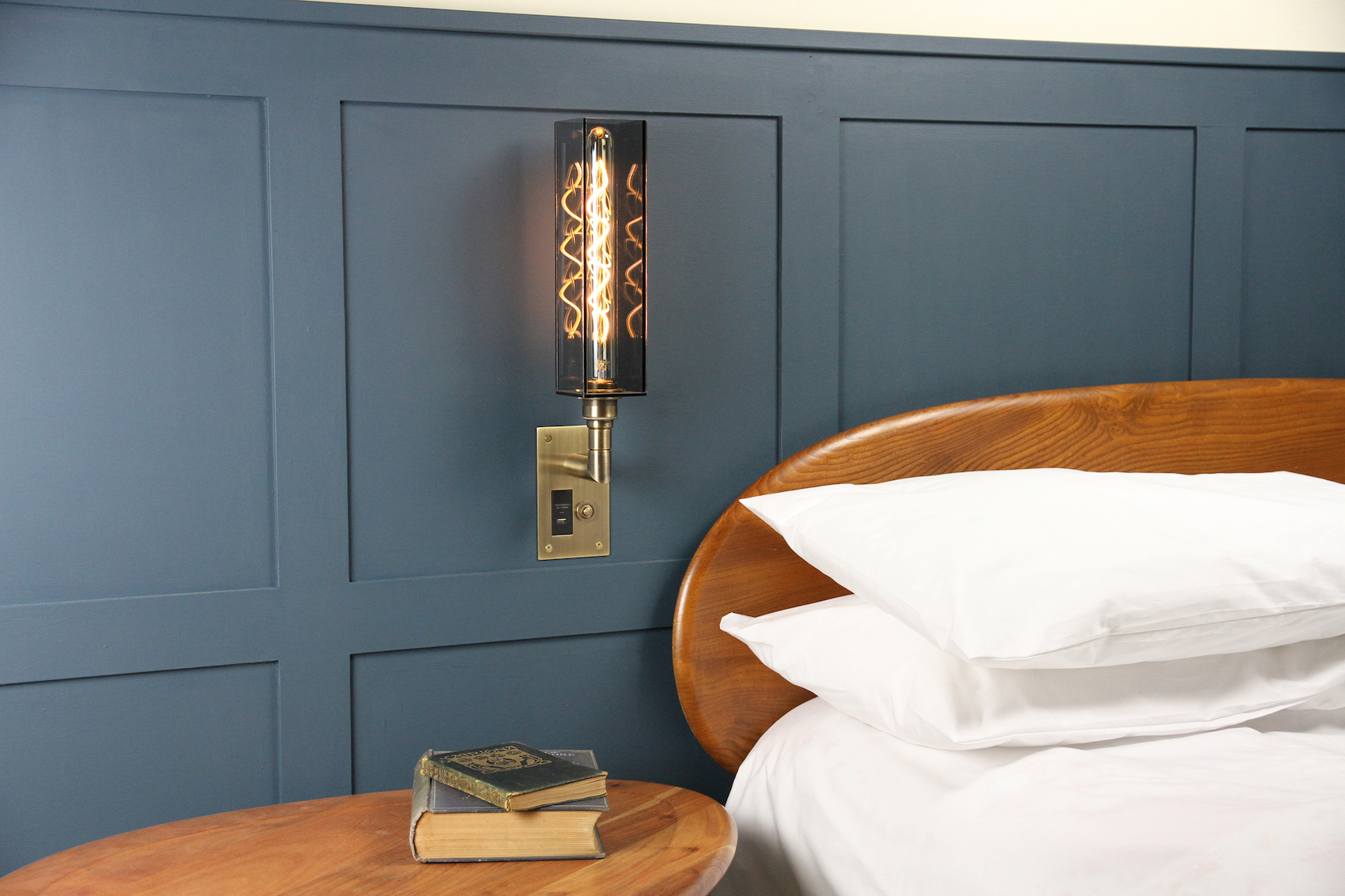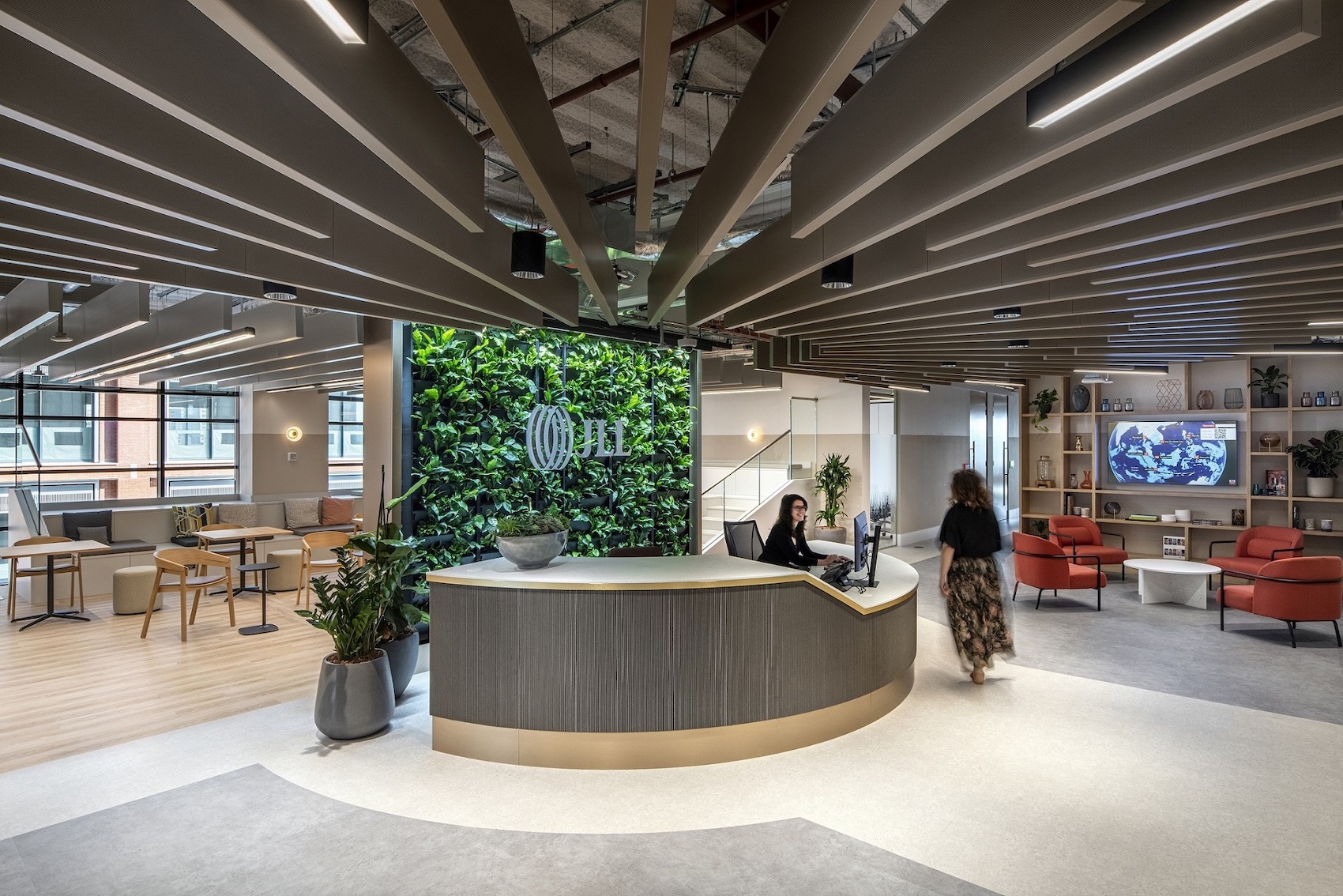An easily-overlooked design consideration arises where some sloping and horizontal roofs abut cavity walls. While design and construction may conform and observe construction guidelines and regulations, the building nevertheless suffers wet ingress. It is accepted that the external leaf of a cavity wall will regularly become very wet during rainfall, and when accompanied with wind, rain saturation can be experienced quite rapidly. The wetness must be arrested just above roof abutment level, as failure to do so will permit it to continue its gravitational path below roof level, where the skin becomes an internal wall.
Type X Cavity Tray.
In the usual scenario, preformed trays can provide the requisite arrestment. Cavity Trays’ Type X cavity tray is the popular choice for sloping abutments and the only gable abutment tray system in the UK awarded European Technical Approval. Once incorporated, trays create a DPC staircase with connecting treads and connecting risers forming a protective barrier just above and parallel with the roofline. With flashings already attached, the plumbers’ job is also made easier, as the flashings are ready-shaped and require dressing only.
The overlooked design consideration occurs where both cavity wall skins become wet, because both are exposed externally. The above photograph shows such an example. On the roof side, the preformed trays protect against saturating rain continuing its gravitational path below roof level, so no problem arises. On the external (gable end) elevation, the external skin will saturate and function as intended, but in so doing it can feed wet into the building – despite the cavity being maintained.
If one looks at the regulations, they refer to outward-sloping DPC’s and trays discharging away from the inner masonry skin, on the logical basis that water will flow to falls outwardly. But with such a gable end parapet there is no inside skin – both are external and both saturate. Provision must be made to prevent water from the wet gable skin ‘under-tracking’ the slope of the tray upstand, where the two mediums meet.
Turn-down lip prevents under-tracking of water to the opposite skin.
Ingress is prevented by the tray sloping upstands having a top moulded turn-down. The tray is still able to protect as intended, but the turndown eliminates the possibility of saturating water under-tracking.
Cavity Trays offers an identification and scheduling service, and is pleased to draw to attention to such considerations and aspects. Approved cavity trays from Cavity Trays are accompanied with a performance undertaking for the benefit of the architect, builder and client.
Wherever there is a parapet wall, consider whether the tray DPC configuration can provide an ingress route when both skins saturate.
The Yeovil-based Company is the longest established specialist in its field and offers 100 years of service – at your service.
Cavity Trays
T: 01935 474769
enquiries@cavitytrays.co.uk
www.cavitytrays.com







